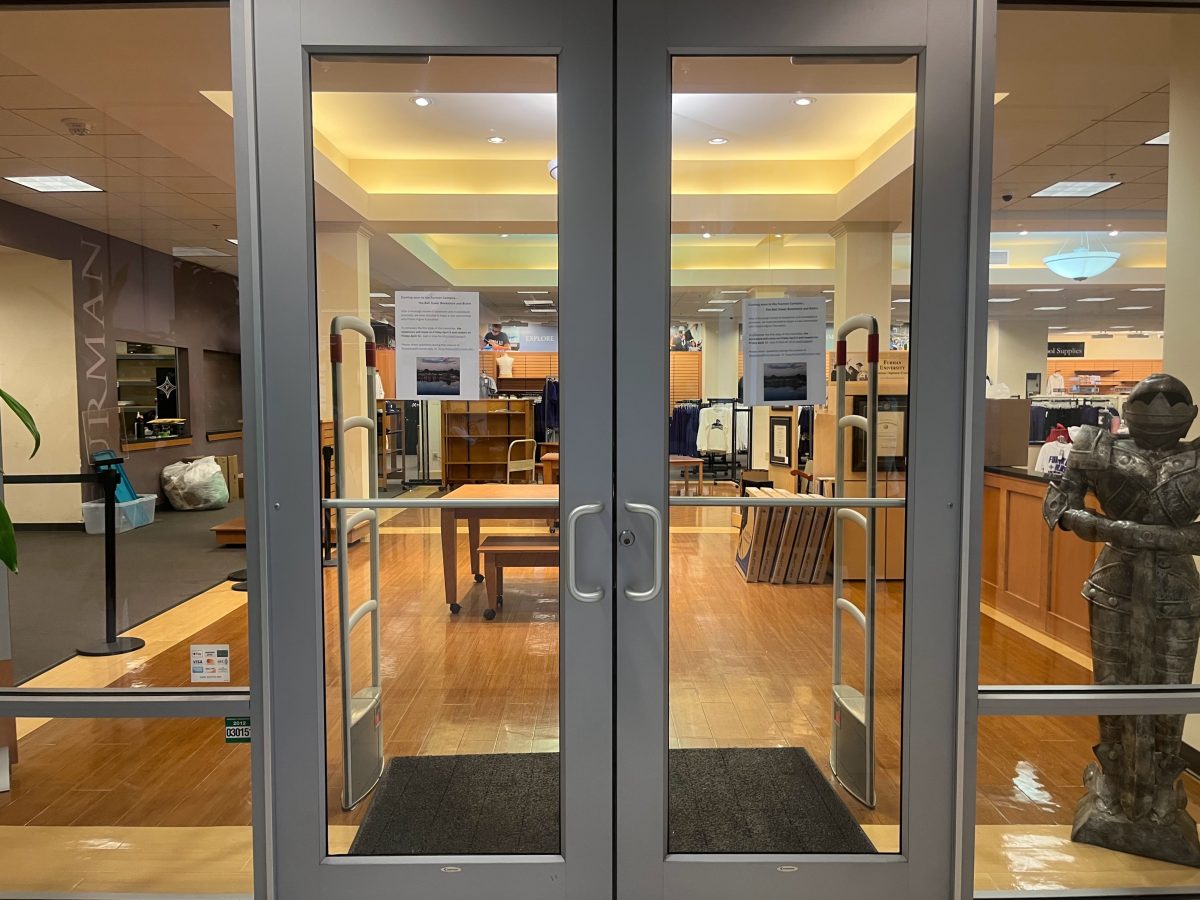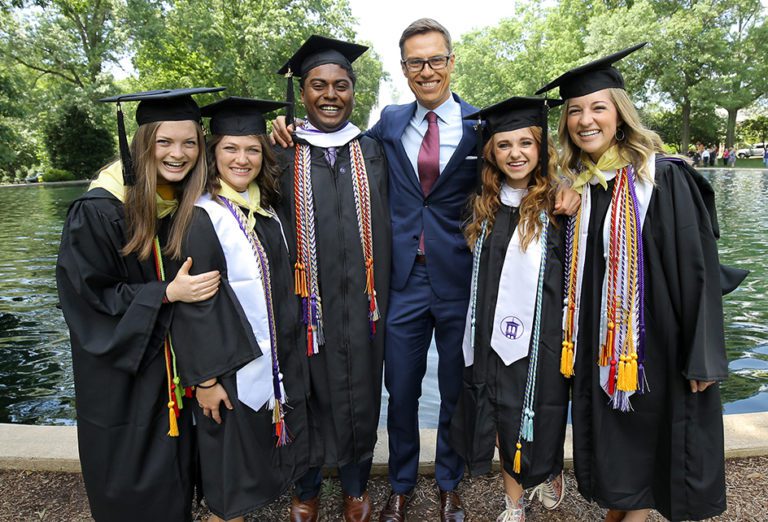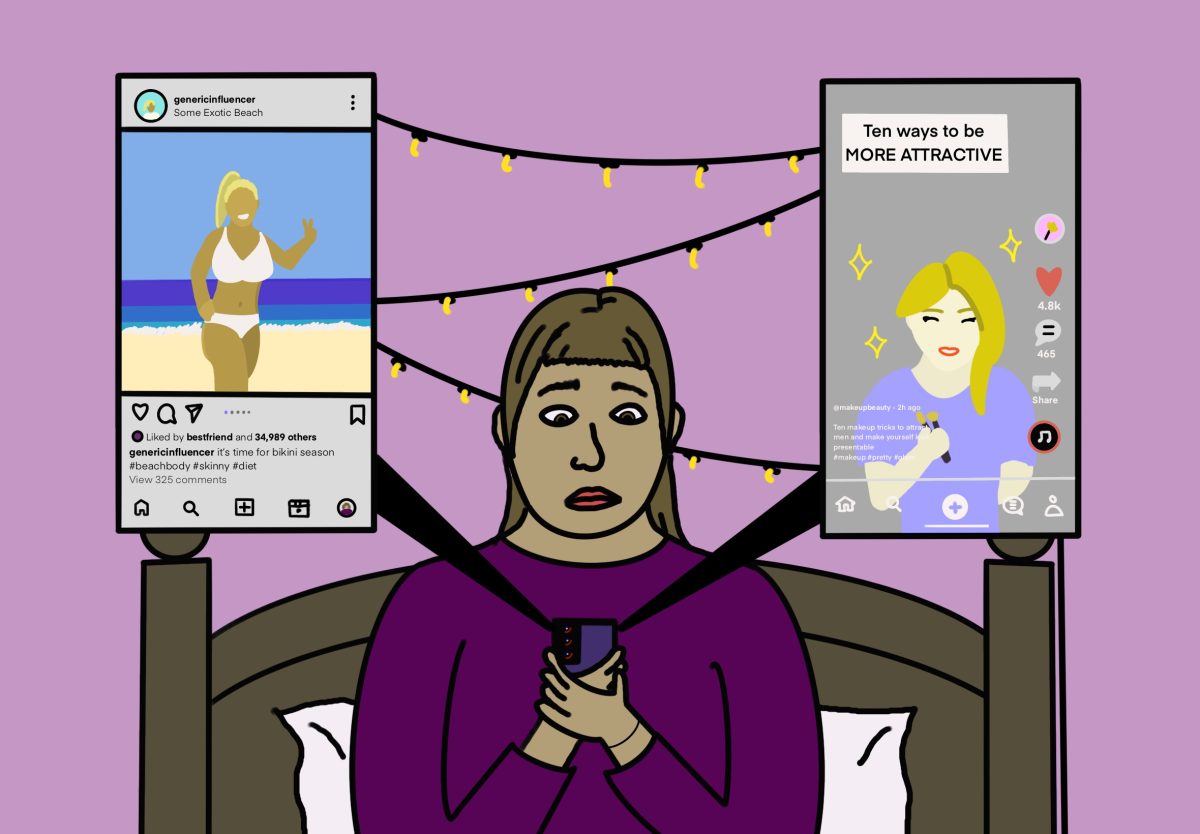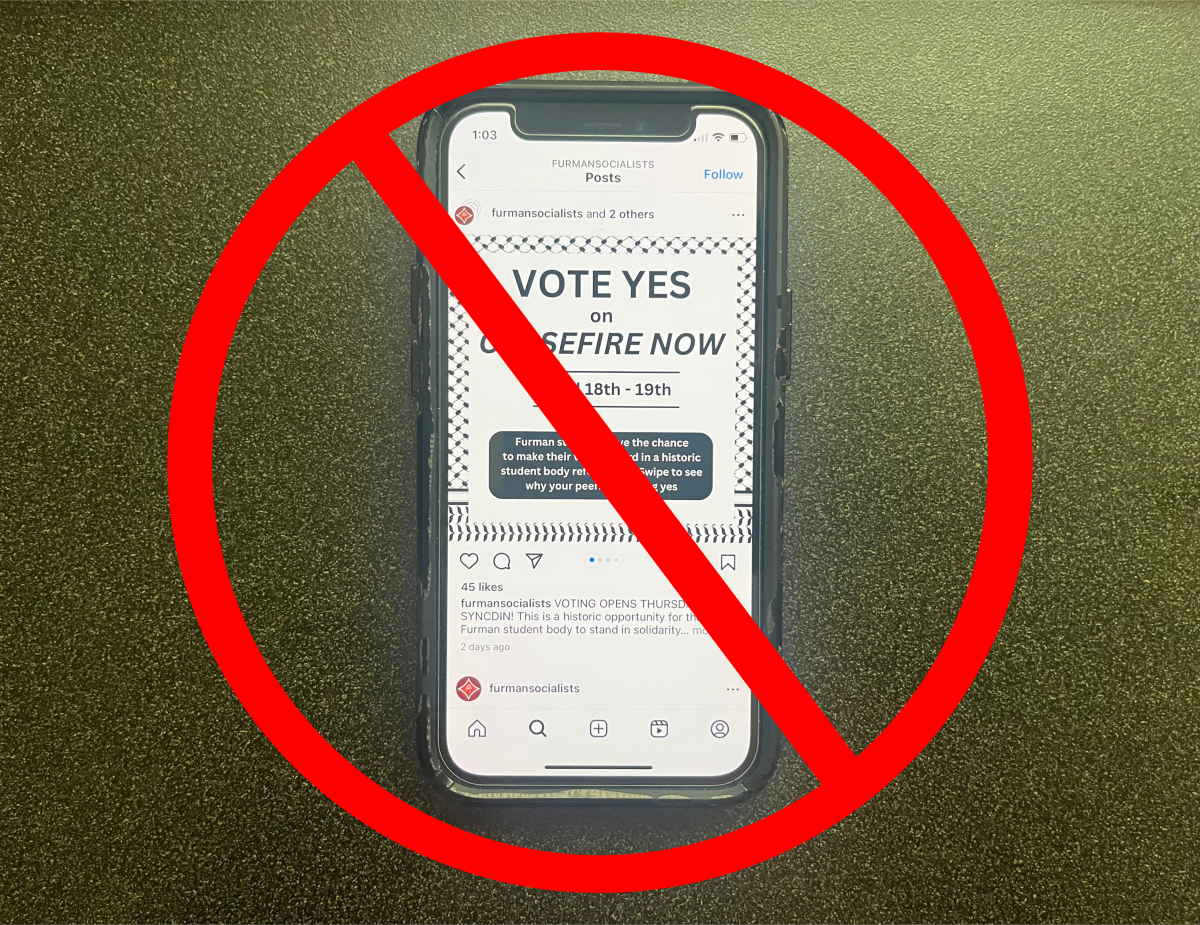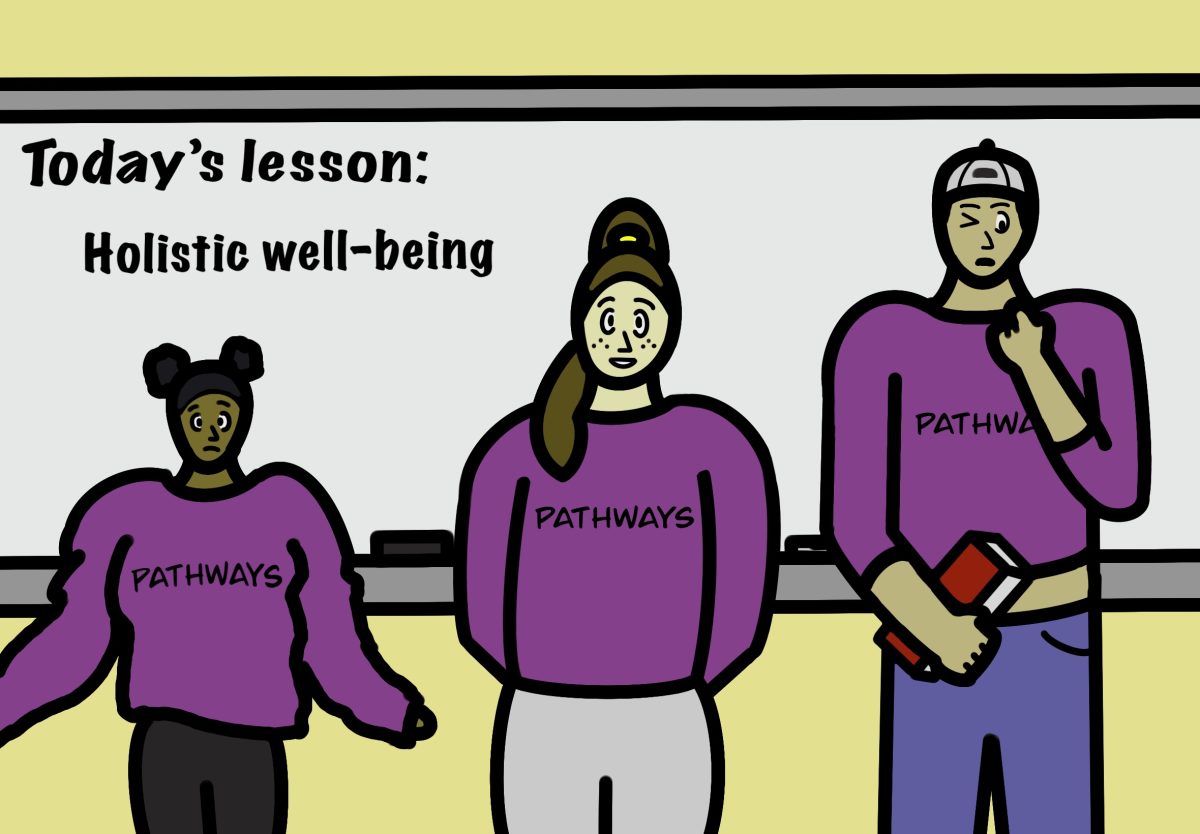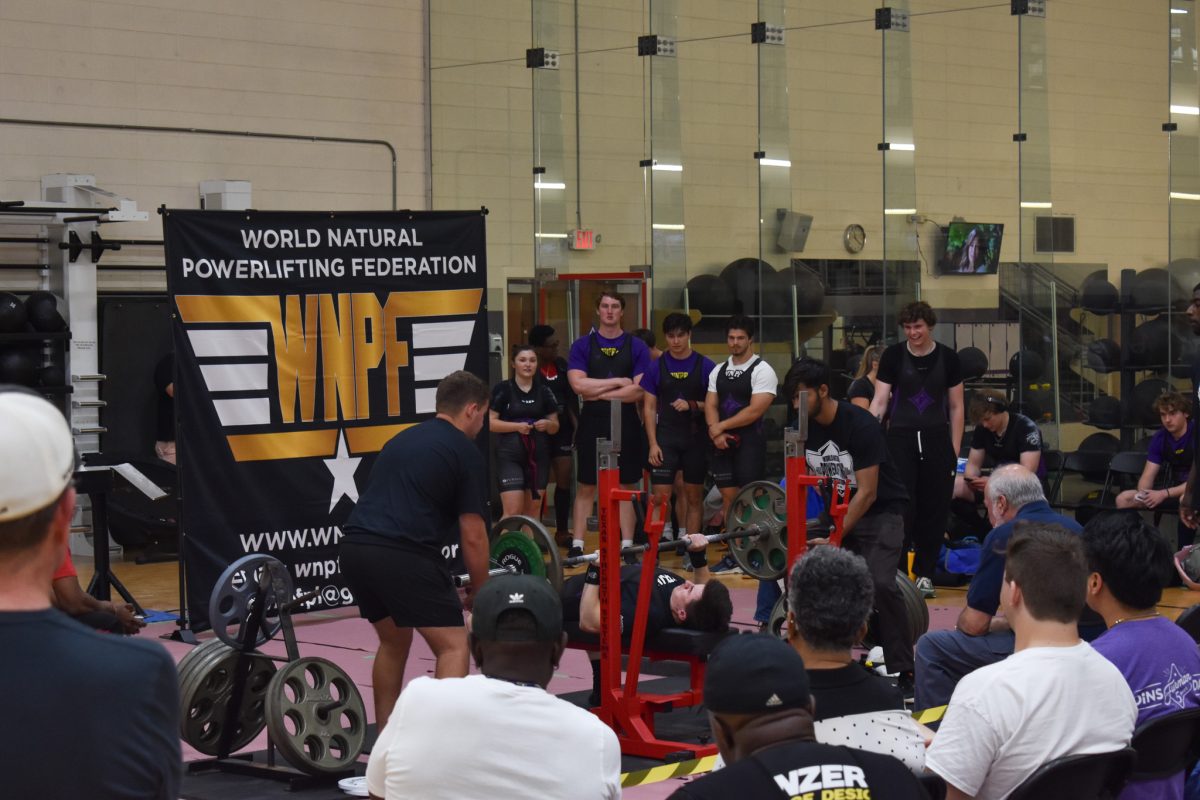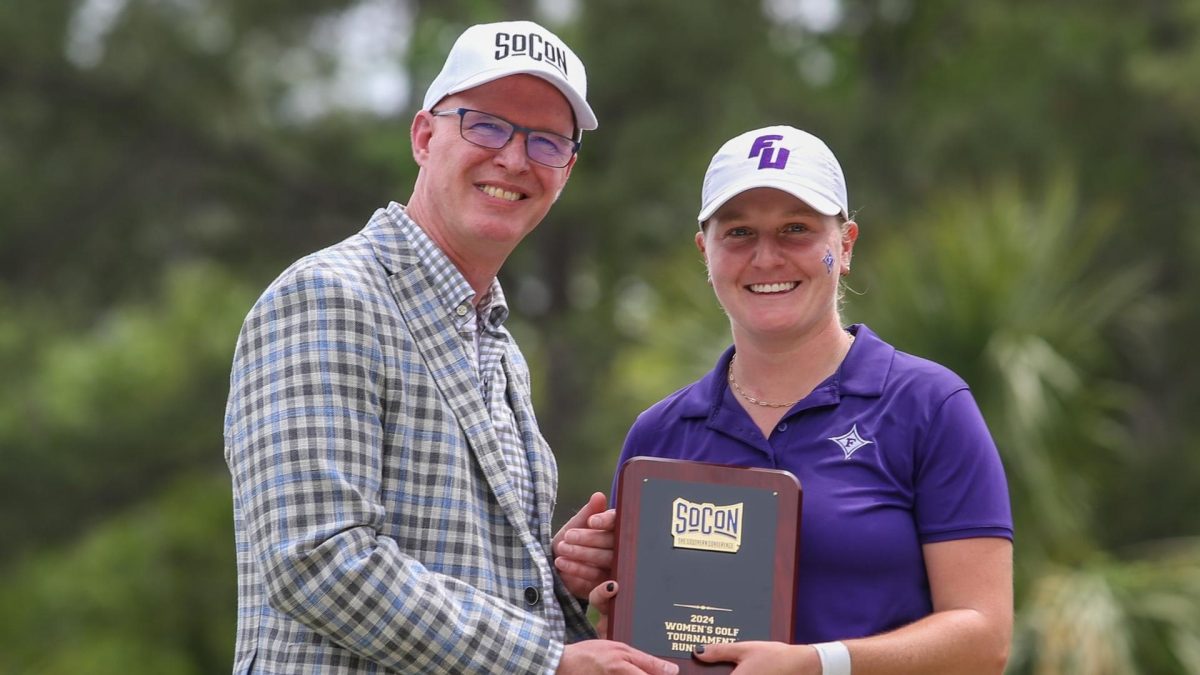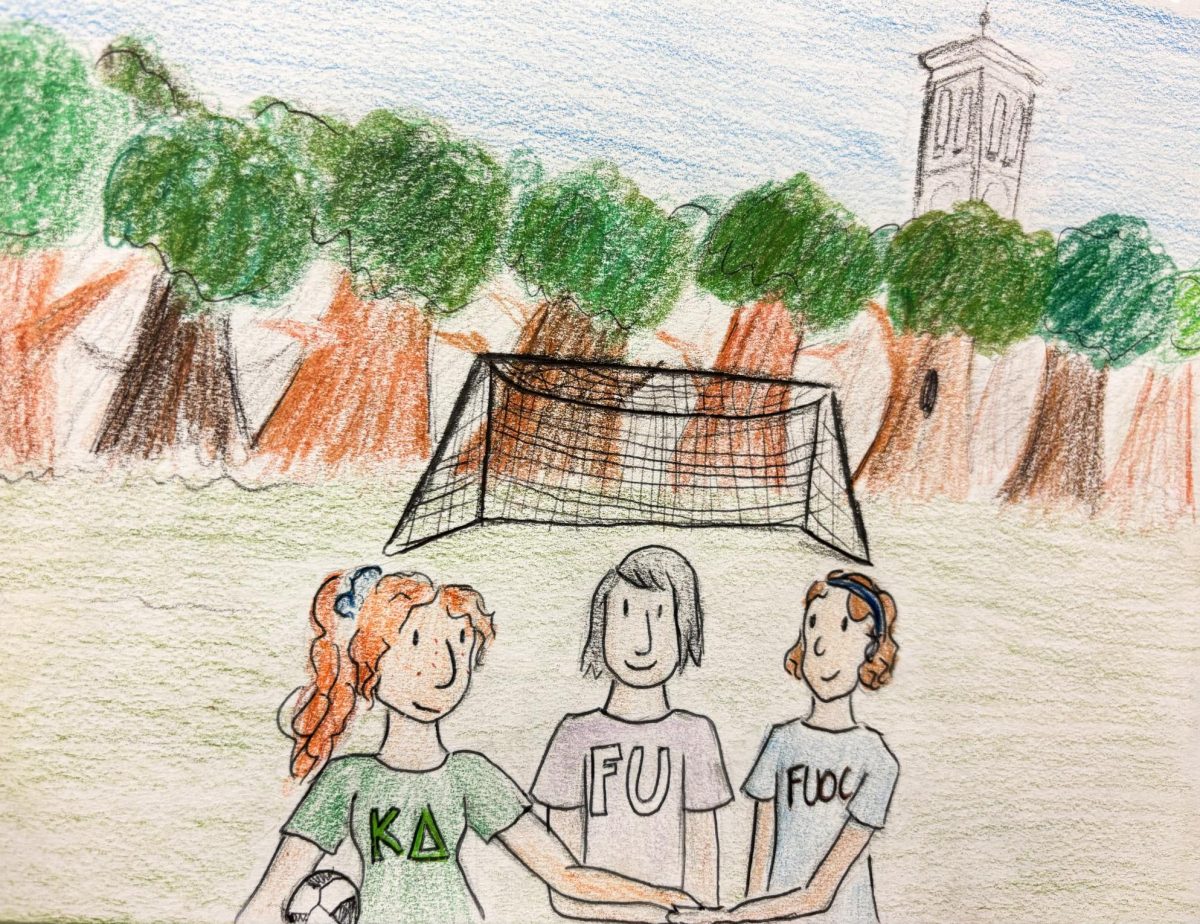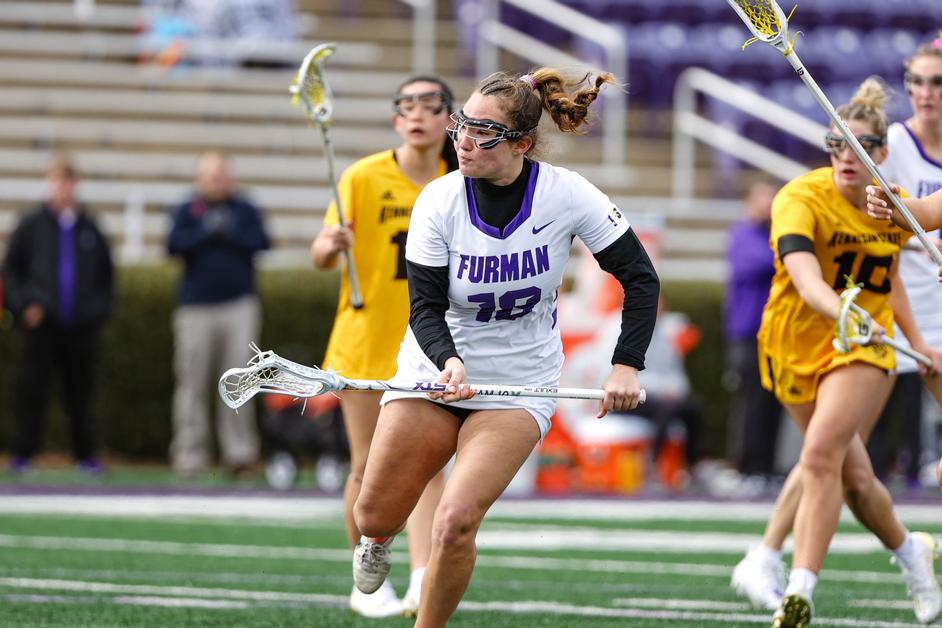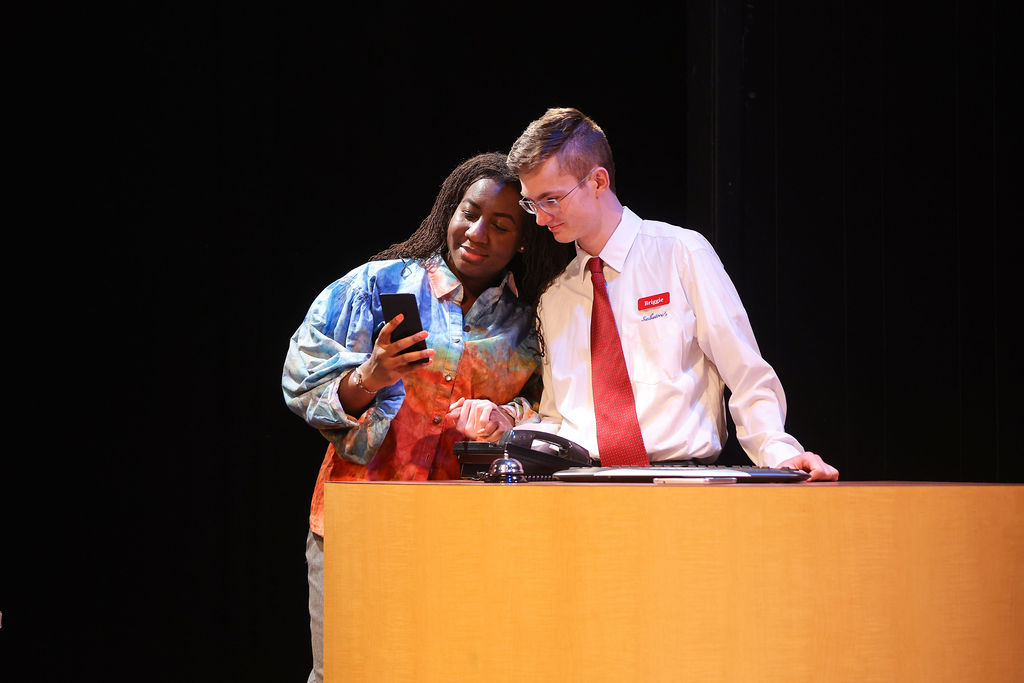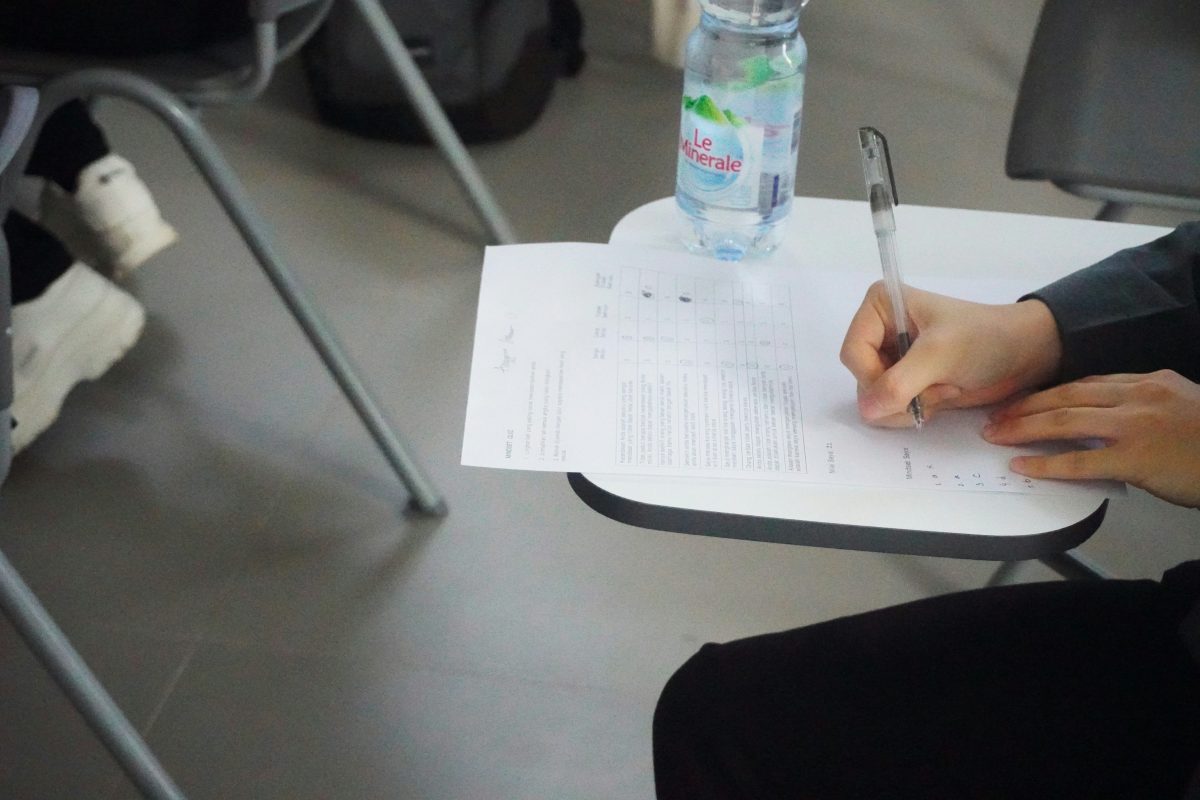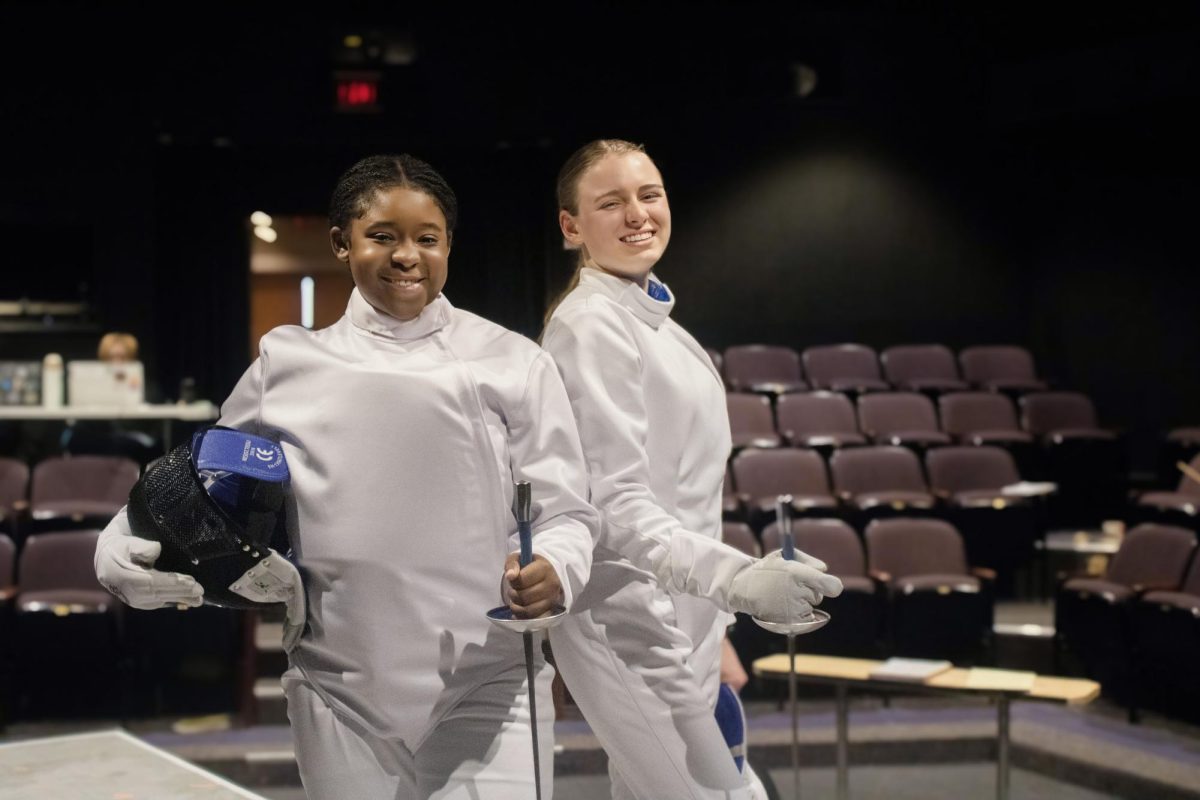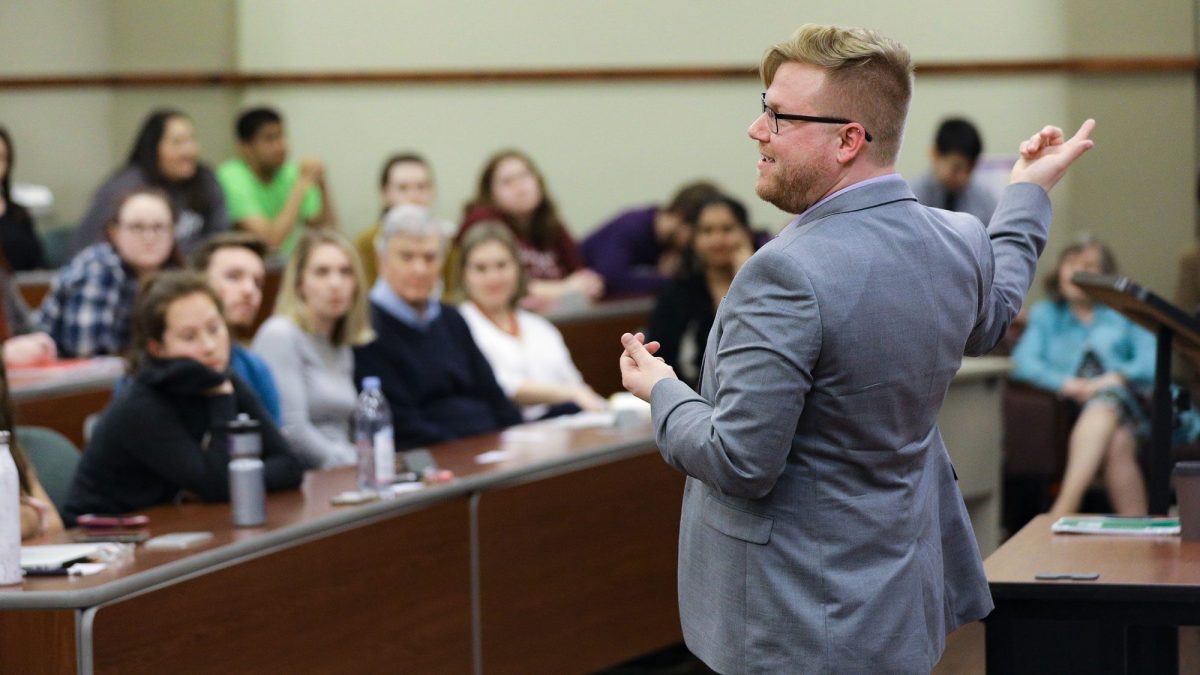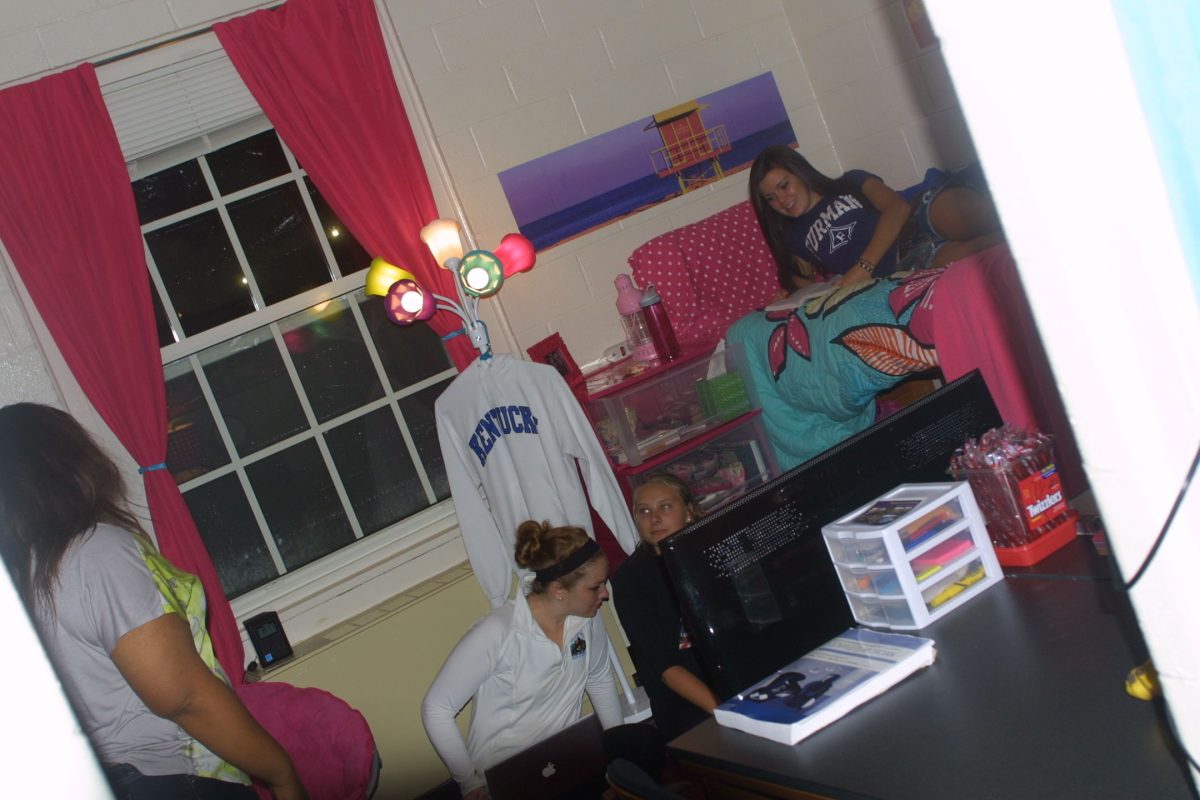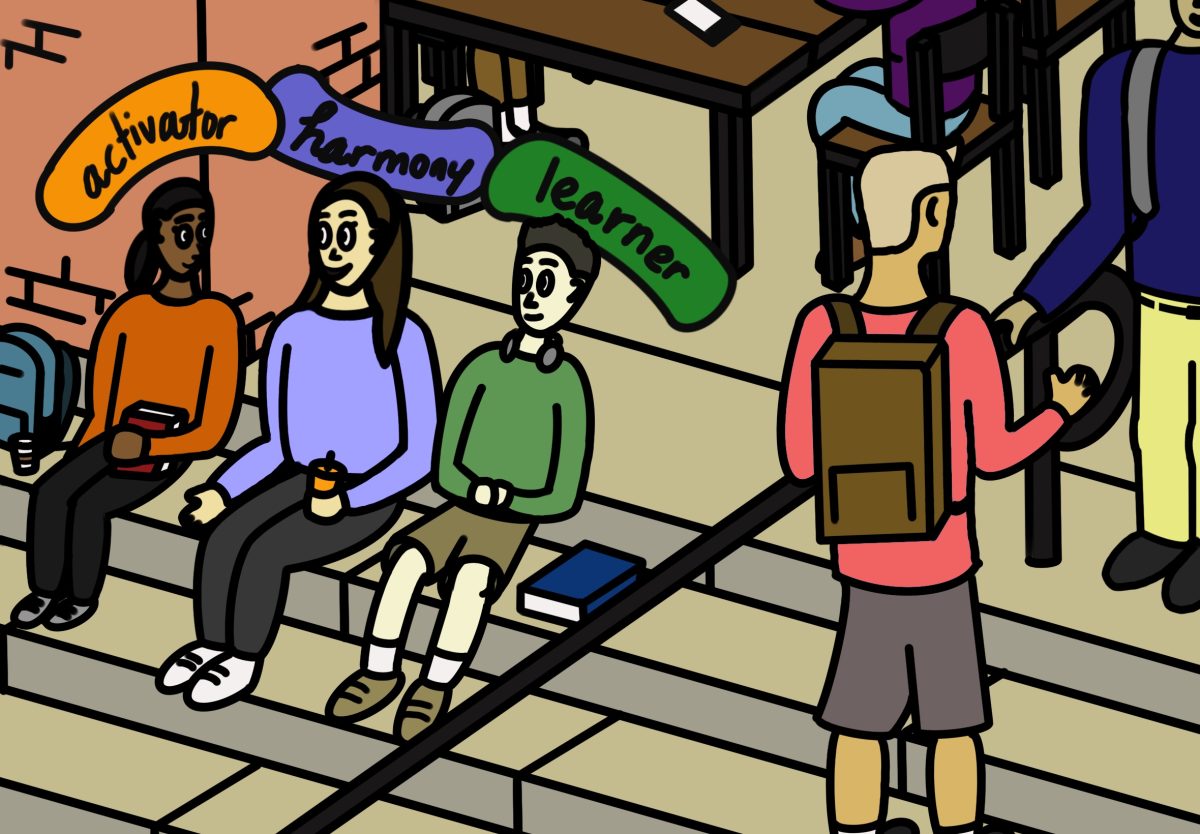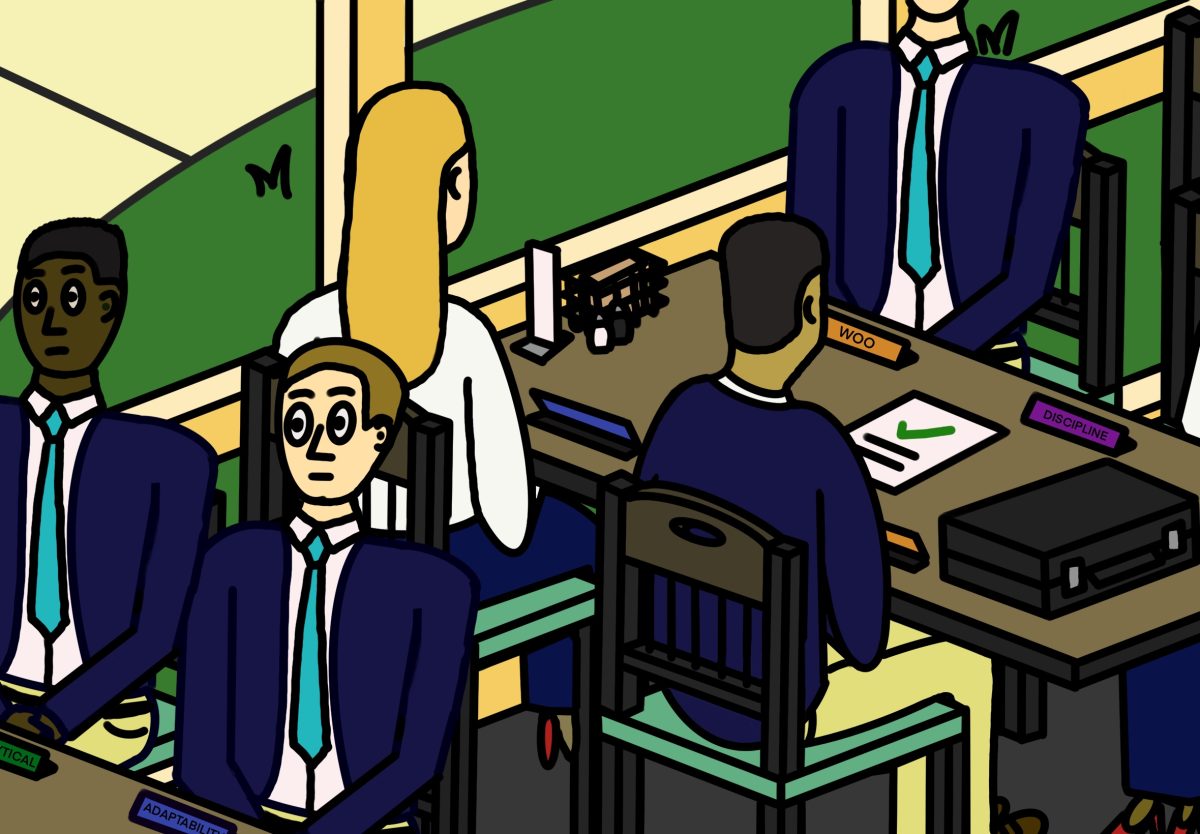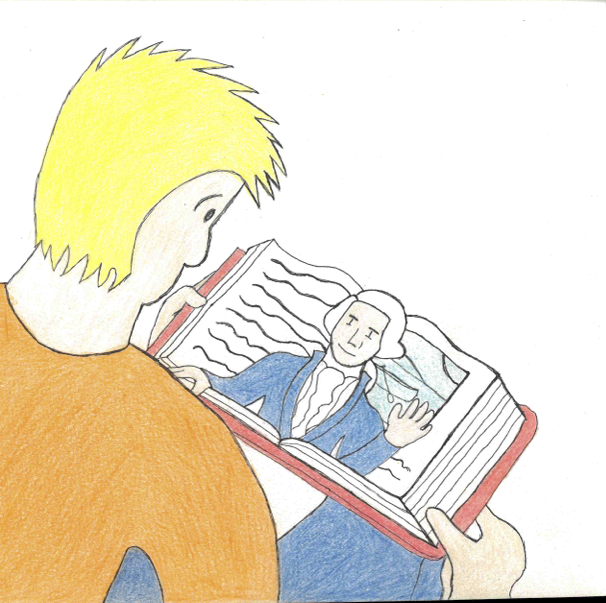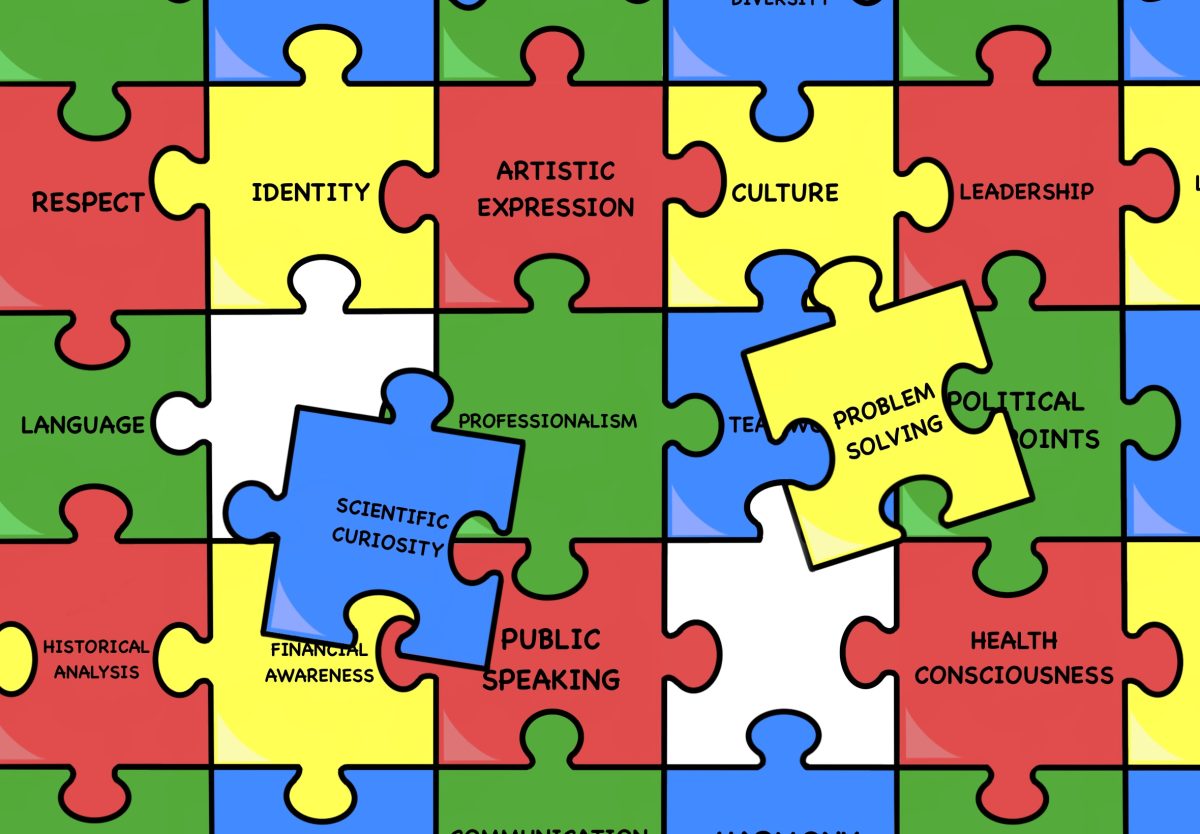Oftentimes when assessing the levels of diversity at elite educational institutions like Furman, the focus is on the recruitment of diverse students. Senior Evelyn Vallejo’s report on the satisfaction of multicultural students at Furman takes this diversity initiative one step further and analyzes how the experience of diverse students already here at Furman can be improved. Her study exposes that there may be a disparity between what multicultural students perceive diversity will be like before coming to Furman and what they realize it actually is as they pass through its gates. If Furman wants to commit to the message of pluralism, it is critical for it to have a culture that reflects diversity and inclusiveness, one that encourages faculty, staff and student to share their views and opinions.
While a simple glance at Furman’s website shows many pictures of diverse students and a written commitment towards diversity, Vallejo’s report makes clear that the diversity at Furman does not fare well in comparison to that of our peer institutions. Using a diversity index created by the U.S. News & World Report based on the probability of choosing two people of different ethnicities or races at random from one university, Furman was found to have a 0.24 diversity index. In comparison, peer liberal arts institutions such as Davidson (0.33), Elon (0.27), Rhodes College (0.33), and High Point University (0.25) were found to have higher diversity indexes than Furman. In addition, many of these universities also have higher percentages of American minorities and international students.
Vallejo’s survey also shed light on the fact that many multicultural students themselves are dissatisfied with this level of diversity. The report also cites the results of a multicultural student survey of 75 students who labeled themselves as Hispanic-American, African-American, Asian, or International. When asked about the satisfaction of diversity at Furman, 64 percent of students surveyed noted that they were somewhat or fully dissatisfied. In comparison, academics received some or full satisfaction from 93 percent of the students.
The report, specifically the survey and the student interviews, seem to suggest that these two problems are not unrelated. This unhappiness could in part be spurned by the fact that incoming multicultural students are misled to believe that Furman wants to expand its diversity. However, Vallejo’s interview with the Coordinator of Multicultural Recruitment reveals that the office is “satisfied with the overall diversity representation” at Furman.
Vallejo also points out that there has been a decreased percentage of multicultural students in the graduating class in the past three years. Representation of multicultural students in the graduating class of 2012 was 13.0 percent, in 2013 it was 10.2 percent and in 2014, 11.3 percent. This does not necessarily indicate that there is a problem getting multicultural student to Furman but rather that less multicultural students are graduating than they were three years ago. Nonetheless, this conclusion does not support Furman’s commitment on enhancing and retaining the diversity within the student body.
Lastly, Vallejo included testimonies from current multicultural students asking about their experiences at Furman. I was struck to read one multicultural student’s description of the doubt that was raised into her mind as she overheard a couple students talk about the unfairness of affirmative action during O-week. The student says, “this interaction made me start to wonder if I “made it” to Furman on my own or if I even deserved it.”
The student dissatisfaction the report has outlined is not better exemplified than with the events that occurred last fall concerning the dismissal of multicultural faculty. When many students learned to their surprise, that multiple multicultural members of the Furman faculty were leaving, as a response, multicultural leaders on campus organized a protest, a committee to look further into the issue, and a meeting between student leaders with President Davis. I, myself, participated in all these events, and the most important thing that I learned was that Furman is in dire need for more transparency. It is true that multicultural faculty leave or are dismissed at a disproportionally faster rate than their western counterparts at Furman, but it is problematic that the reasoning for the departures are under confidentiality. There will never be a clear justification as to why these faculty members left in significant numbers. For this reason, faculty tenure and promotion reviews should be open to the public and not kept behind closed doors. Not only would this create a positive dialogue for improvement, it would also ensure that decisions on all faculty members are taken with responsibility and that everyone is kept accountable through a balances of powers.
Steps need to be taken so that Furman can reach its own goal of increasing the representation of multicultural faculty. As cited in a letter to President Davis from various faculty, “the April 2002 faculty resolution stipulates that, ‘Furman should make every effort to shape a faculty comprised of 15 percent minorities and 40 percent women by 2010. Be it further resolved that this goal be incorporated into the university’s strategic plan.’” The authors of the letter included statistical data about the composition of faculty members indicating that these goals were not met by 2015. They report that currently, 11.6 percent of faculty is composed of western and non-western internationals. While this data is not official, it is indicative that goals for 2010 were not achieved. If Furman is to commit to bringing diverse faculty, I believe that it must work hard to ensure these goals are met. Discourse should focus on retaining and caring for the diverse faculty and students that we have now.



